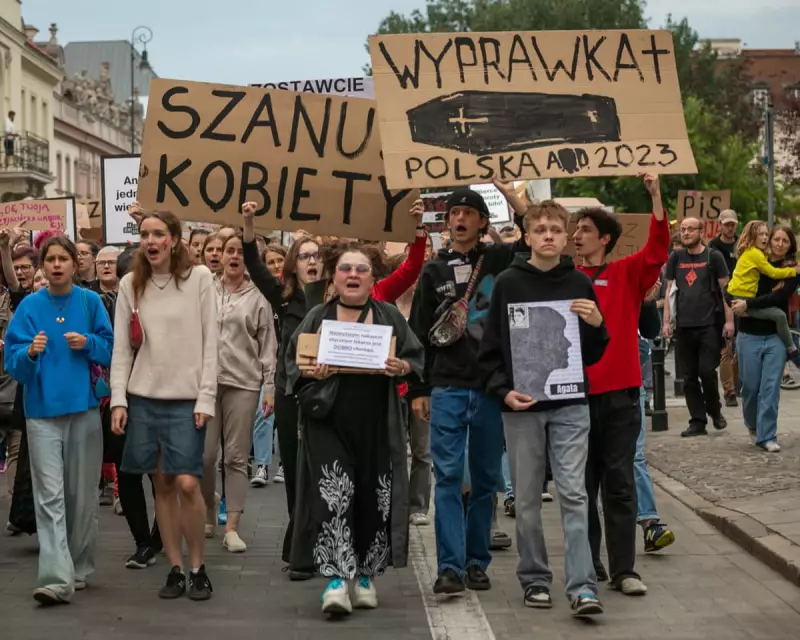
Poland is grappling with one of Europe's most severe demographic crises as birth rates continue their alarming descent to record-breaking lows. The country that once maintained relatively stable fertility levels is now facing what experts describe as a "demographic emergency" with far-reaching consequences for its economic future and social fabric.
The Stark Numbers Behind the Crisis
Recent data reveals a troubling trajectory: Poland's fertility rate has plummeted to approximately 1.2 children per woman, significantly below the replacement level of 2.1. This places the nation among the worst-affected in Europe, with some regions experiencing birth rates so low they threaten community sustainability.
Economic Pressures Crushing Family Dreams
The soaring cost of living represents perhaps the most significant barrier to family expansion. Young Poles face a perfect storm of financial challenges:
- Skyrocketing housing costs that make independent living increasingly unattainable
- Stagnant wages failing to keep pace with inflation
- Childcare expenses consuming disproportionate portions of household income
- Precarious employment conditions creating financial uncertainty
"Many couples simply don't feel financially secure enough to have children, or more children than they already have," explains Dr. Anna Kowalska, a demographics researcher at Warsaw University. "The economic calculation has become overwhelmingly negative for young families."
The Changing Landscape of Women's Rights and Values
Poland's restrictive abortion laws and conservative social policies have created what many describe as a "chilling effect" on family planning decisions. The political climate has accelerated a values shift, particularly among educated urban women who are increasingly prioritising career advancement and personal freedom over traditional family structures.
Simultaneously, more women are pursuing higher education and professional careers, delaying childbirth until their late thirties or deciding against having children altogether. This represents a fundamental transformation in social attitudes that extends beyond economic considerations.
Government Interventions Falling Short
While the Polish government has attempted to reverse the trend through financial incentives like the popular "500+" child benefit programme, these measures have proven insufficient to counteract the powerful economic and social forces driving the decline.
Experts argue that piecemeal policies cannot address the root causes. "Cash transfers alone cannot solve this crisis," notes sociologist Dr. Marek Nowak. "We need comprehensive reforms addressing housing, childcare infrastructure, work-life balance, and women's rights simultaneously."
The Looming Consequences
The implications of Poland's baby bust extend far beyond empty nurseries. The nation faces:
- A rapidly aging population increasing pressure on pension systems
- Critical labour shortages threatening economic competitiveness
- Strained healthcare systems as elderly care demands escalate
- Potential closure of schools and educational institutions
- Reduced economic growth and innovation capacity
Without significant intervention, demographers warn that Poland could lose up to 15% of its population by 2050, creating structural challenges that could take generations to overcome.
A European Problem with Polish Characteristics
While low birth rates affect many European nations, Poland's combination of rapid economic transformation, political polarisation, and conservative social policies has created a particularly acute version of this continental challenge. The speed of decline has outpaced government responses, leaving policymakers scrambling for solutions.
As one young Warsaw professional summarised: "Between the cost of living, housing crisis, and political environment, having children feels less like a natural life stage and more like an extreme sport." This sentiment captures the complex web of factors conspiring to reshape Poland's demographic future.





